By Ola El Soueni, Community Times
Reading to our children in Arabic is one of the greatest gifts that we can give them. Not only does it enrich their Arabic vocabulary – which is much needed these days with so many of us opting to send our children to language schools – it also introduces our children to Arabic texts that spark their imagination and expose them to our culture in a fun and interesting way.
The following is a selection of some of the most inspiring Arabic books in the market. Happy reading!
El No’ta El Sawdaa’ (The Black Spot) By Walid Taher
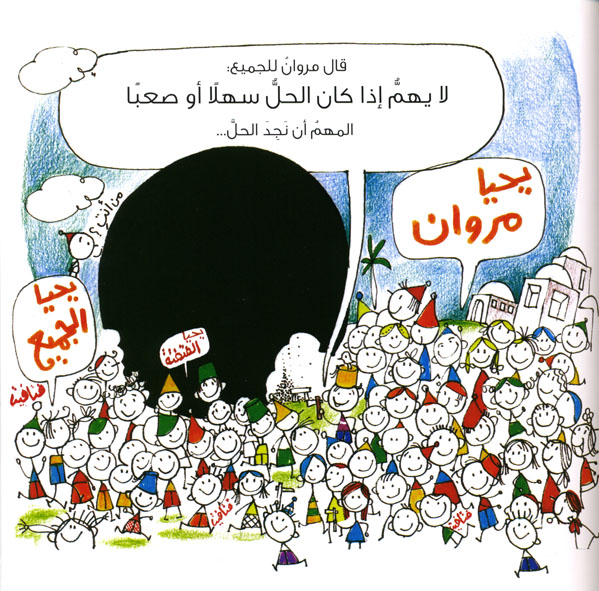
El No’ta El Sawdaa is a beautifully written and artistically illustrated book that triggers children’s imaginations and makes them think.
The book is about a group of friends who play in a vast abandoned lot everyday. One day, a black spot appears on the land, taking over a large part of it. They strive to understand what it is, where it came from, and why it appeared all of a sudden, but they fail to comprehend it. After many failed attempts to get rid of it, they decide to adapt to its presence. As a result, they are left with a relatively small space to play in, leaving them with only one possible game, Hide and Seek.
All the children accept the presence of the black spot – with the exception of one little boy called Marwan. He refuses to accept the new and restricted area and tries to think of different ways to remove the black spot. He eventually manages to convince his friends to help him, and, together they successfully diffuse the black spot into little pieces. The story ends by posing an open-ended question to the children about what they should do with the pieces of the diffused black spot.
El No’ta El Sawdaa’ received the Etisalat Award for Children’s Literature at Alsharja Book Fair in the UAE. An enjoyable read for both children and adults, it explains complicated ideas about life in a fun and simple way. One of my favorite things about this book is that children get to think about the lessons learned from the book rather than have them dictated to them. It also shows them not to be quitters and encourages teamwork.
The author ends the book on a beautiful note when he says: “It doesn’t really matter if there is an easy or difficult solution to a problem, the most important thing is there is one.”
El No’ta El Sawdaa is a beautifully written and artistically illustrated book that triggers children’s imaginations and makes them think.
The book is about a group of friends who play in a vast abandoned lot everyday. One day, a black spot appears on the land, taking over a large part of it. They strive to understand what it is, where it came from, and why it appeared all of a sudden, but they fail to comprehend it. After many failed attempts to get rid of it, they decide to adapt to its presence. As a result, they are left with a relatively small space to play in, leaving them with only one possible game, Hide and Seek.
All the children accept the presence of the black spot – with the exception of one little boy called Marwan. He refuses to accept the new and restricted area and tries to think of different ways to remove the black spot. He eventually manages to convince his friends to help him, and, together they successfully diffuse the black spot into little pieces. The story ends by posing an open-ended question to the children about what they should do with the pieces of the diffused black spot.
El No’ta El Sawdaa’ received the Etisalat Award for Children’s Literature at Alsharja Book Fair in the UAE. An enjoyable read for both children and adults, it explains complicated ideas about life in a fun and simple way. One of my favorite things about this book is that children get to think about the lessons learned from the book rather than have them dictated to them. It also shows them not to be quitters and encourages teamwork.
The author ends the book on a beautiful note when he says: “It doesn’t really matter if there is an easy or difficult solution to a problem, the most important thing is there is one.”
Beit Lel A’rnab El Sagheer (House for the Little Bunny) By Taghrid Aref El Naggar
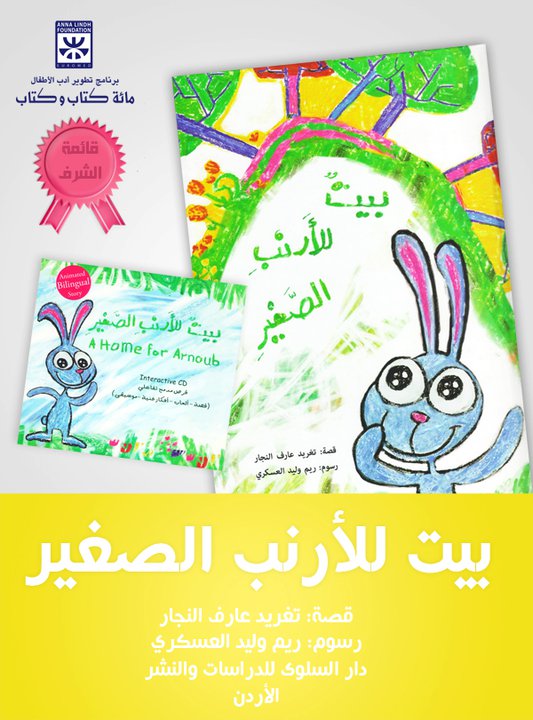
This is a cute and colorful book that is fun to read. It is about a little bunny that decides to leave his home in the forest in search of a new one to get away from his noisy neighbor, Filo the elephant. On his journey for a new home, he encounters many animals and interacts with them on many different levels. The book is written in rhyme, which makes it enjoyable to listen to and easy to read. It exposes the reader to a huge array of animals and their habitats, so they learn a lot about different species of animals.
Beit Lel Arnab El Sagheer comes with an interactive CD that has a lot of games, songs, art projects and print outs which children absolutely love. This page-turner teaches children new vocabulary and enriches their command of Arabic. It is on the Anna Lindt Foundation Honor List and was nominated for Etisalat Prize for Arabic Children Literature.
Taksheera (The Frowning Town) By Nossaiba Hussein El Ezeiby
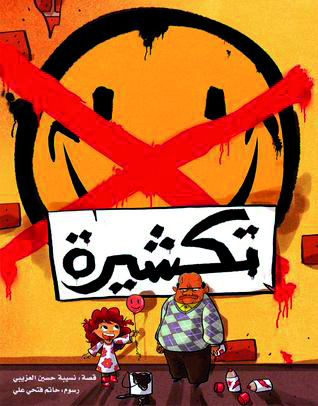
Taksheera is a funny story that takes place in a small village called Taksheera, which is home to a community of people who master frowning. When they pose for a photo, they frown rath
er than smile, and the balloons that the children play with have a frown instead of a smile. Street signs instruct people that “smiling is not allowed;” smiling is forbidden in schools as well, where children learn different frowning techniques.
Every year, Taksheera holds an annual frowning competition for children and adults, and the winner is awarded a gold medal. One day, the winner of the competition has a baby girl and calls her Jamila. Unlike all the other babies who cry when they are born, Jamila giggles and cannot stop laughing and smiling, in spite of her father’s attempts to make her frown. He thinks that this will change as she grows up and that she will inherit his award-winning frown, but soon finds that he is incapable of nudging a frown out of her.
Afraid that his neighbors will catch her smiling and that he will be disgraced, Jamila’s father speaks to her teacher at school. The teacher tells him that Jamila’s giggling and laughter is infectious, and that her classmates have begun smiling and laughing as well. Eventually, Jamila’s contagious laughter has all the citizens of Taksheera laughing and smiling, and the name of the village is changed.
The book is delightful and kids enjoy the book’s bright and colorful illustrations. Besides being an amusing and easy to read book, it teaches children a valuable lesson about making their own choices and not conforming to what is around them; it also shows how one person can impact other people’s lives. Taksheera is a vibrant and colorful addition to your children’s library.
Sana Fi Qena (One Year in Qena) By Hadeel Ghoneim

Sana Fi Qena is by far one of the most amusing and descriptive books I have read with
my children in any language. The book is the journal of a 13 year-old Egyptian boy whose life is turned upside down when his mother informs him that he and his 5-year old sister are moving to Qena to spend a year with his sick grandmother.
During his stay in Qena, he tastes Egyptian shamsy (sunbaked) bread, which is a specialty of Upper Egypt; he plays football with the young farmers, plants and harvests crops, attends a traditional Egyptian moulid and learns the months of the Coptic calendar. He learns about Upper Egypt’s culture, traditions and popular Egyptian proverbs from his wise grandmother (including the rhymes that go with every Coptic month). Inspired by his grandmother’s wisdom, he jots down his feelings, experiences, and challenges, as well as memorable moments and lessons learned, in his diary.
The book takes readers on a cultural journey to one of Egypt’s most important cities – Qena. The simple style in which the book is written makes it a charming read. In addition to passing on valuable information about the cultural heritage of Upper Egypt, it teaches kids how to adapt and make the best out of situations that might not appeal to them in the beginning.
Kalila and Demna By Nabiha Mahidly

Since animals and nature in general fascinate children at a young age, many children’s books feature
animals prominently, and Kalila and Demna is no exception. Written by an Indian philosopher in Sanskrit as early as the third century BC, it was translated into Persian during the Abbasid Dynasty and later translated into Arabic by Abdullah Ibn El Muqaffaa’ around 750 AD. The collection of fables provided lessons for life, and was later translated and adapted to different cultures over the years.
The main characters of Kalila and Demna are wild animals; the lion plays the role of the king and the animals featured in the different stories symbolize humans. The text is an allegorical critique of the injustice of kings and rulers and attempts to teach them lessons on how to care for their people and be fair.
Kalila and Demna is a philosophical book that enables one to understand different social issues and shows the splendor and eloquence of the Arabic language. Some consider its enchanting stories the origin of all fables, and adaptations for both adults and children can be found – including the one by Nabiha Mahidly. Mahidly’s simplified, colorful abridged version makes it easy for children to read and follow along with an adult.
On the whole, this classic – which provides endless entertainment for both children and adults – is a must-have for every library.
Ana Ma Ma’anaha (What Does “I” Mean) By Oscar Brenifier
This book is one of a series of children’s books called “The Little Philosopher.” The series is based on conversations between children and adults that aim to help young readers build and develop their own ways of thinking and encourages them to question everything around them to better understand themselves, their communities and life in general.
The book was originally written by French philosopher Oscar Brenifier and was later translated into different languages, including Arabic. It poses six interesting and thought-provoking questions for the reader, including: Are you an animal? Do you feel happy when you grow up? Are you like others? Do you love to look at yourself in the mirror? Do you choose yourself? and What do you owe your parents? Through the book, the author uses logic to answer the questions, and explains his answers to the children to help them understand what life is all about; most importantly, he tries to help them understand what “I” means, with all of its duties and responsibilities.
At the beginning of the book, the author dedicates an important message to parents on “the importance of asking questions.” He notes the importance of the many issues that children think about, especially since those questions define who they are and help them understand different aspects of life. He also stresses that questions help children form their own opinions, and explains why, as parents, we should encourage them to ask and think all the time. This gem of a book is a huge aid to parents as they deal with inquisitive youngsters.

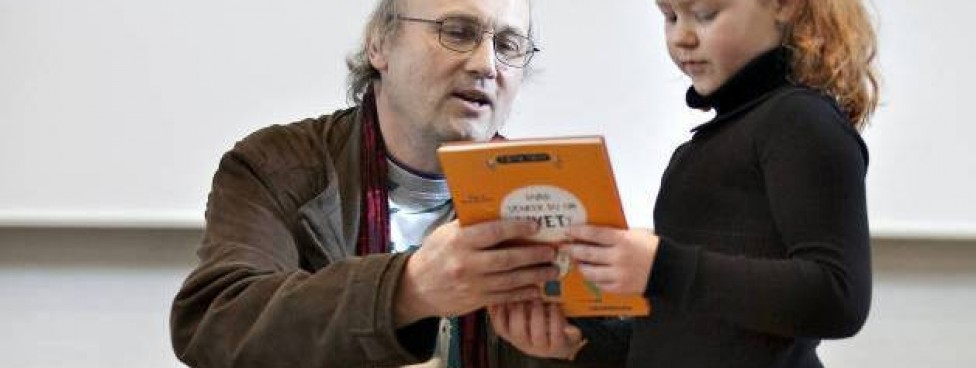



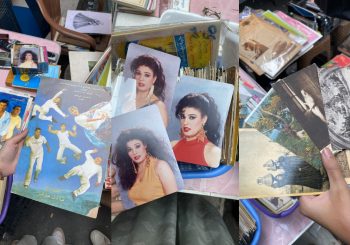
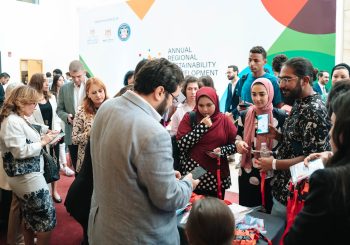

Comments (144)
[…] 7 Arabic Books to Read With Your Children – Not only does it enrich their Arabic vocabulary – which is much needed these days with so many of us opting to send our children to language … and lessons learned, in his diary. The book takes readers on a cultural … […]
[…] 7 Arabic Books to Read With Your Children – One of my favorite things about this book is that children get to think about the lessons learned from the book rather … social issues and shows the splendor and eloquence of the Arabic language. Some consider its … […]